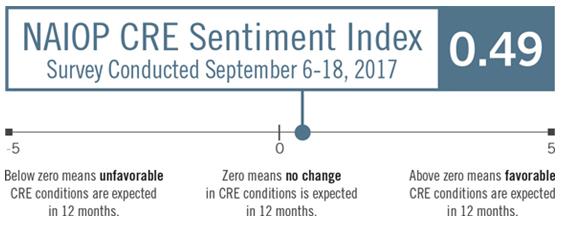Posted on January 30, 2018
The Charlotte-Mecklenburg Planning Department has been diligently working on Charlotte Place Types and Unified Development Ordinance (UDO), a city-wide effort aimed at updating the policies and regulations that guide growth and development in our community. The project is scheduled to meet some major milestones in 2018 with a draft Place Types Policy Document ready for public review in August and adoption of new Transit Oriented Development (TOD) zoning districts expected in December. The success of this project is dependent upon receiving input all our community stakeholders and we believe your organization can help us reach an important audience. Therefore, would you please take a minute to:
- Sign up for updates at charlotteudo.org for blog posts, upcoming events, and quarterly newsletters;
- Like @CLTPlanning on Facebook for fun facts, relevant articles, and short surveys.









